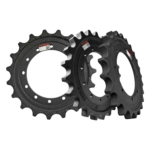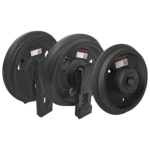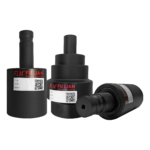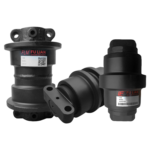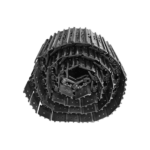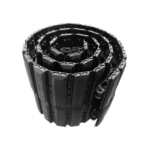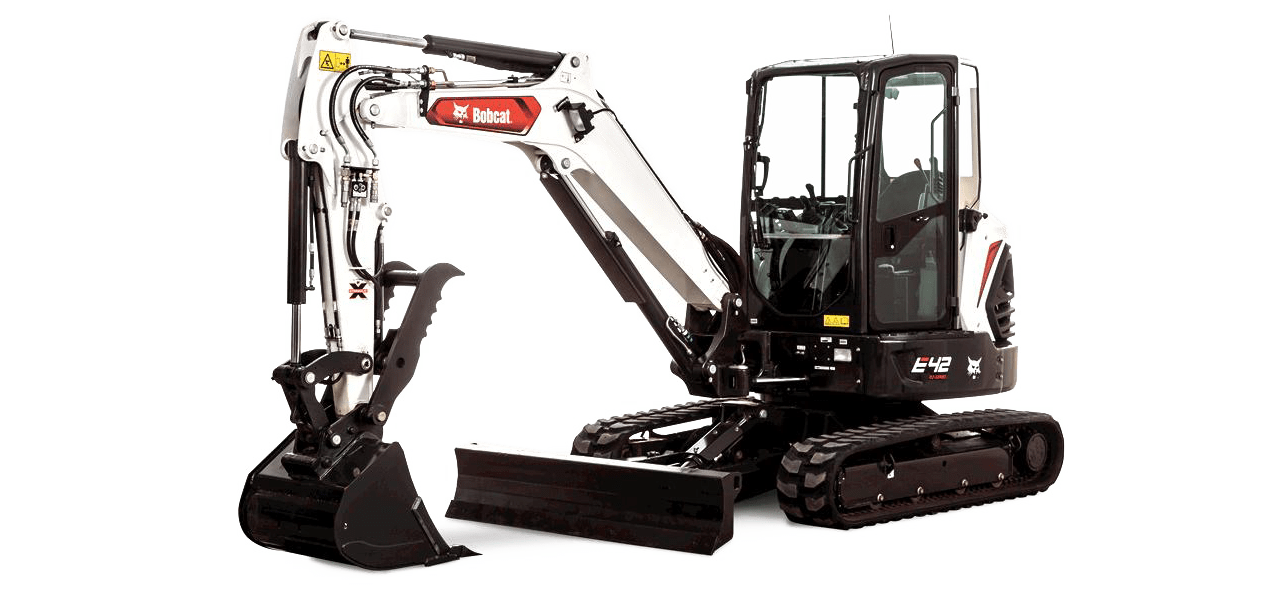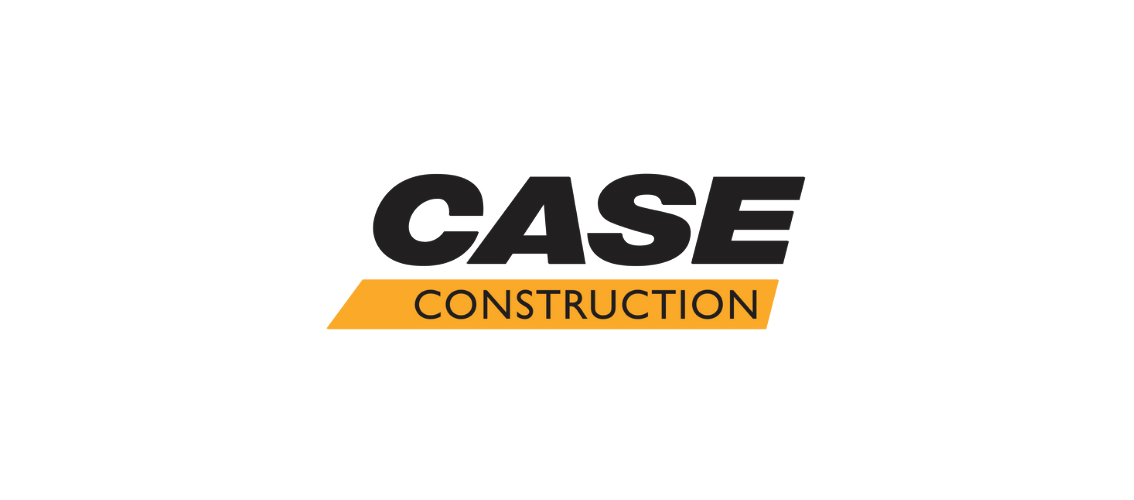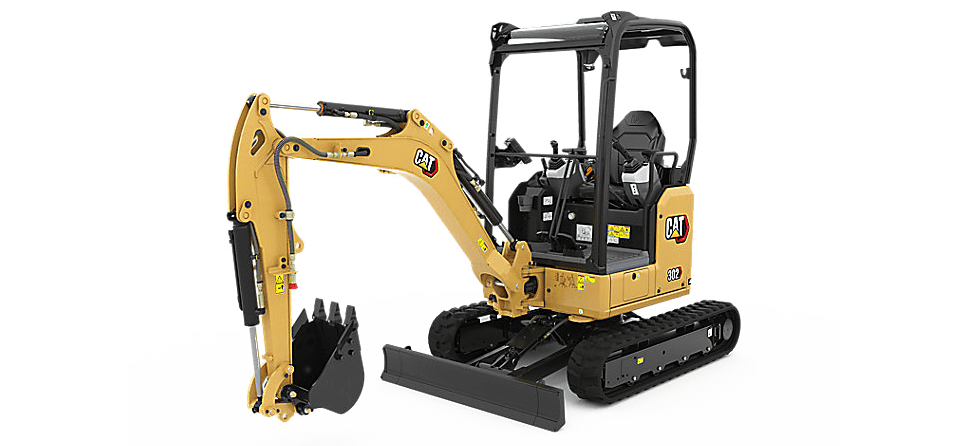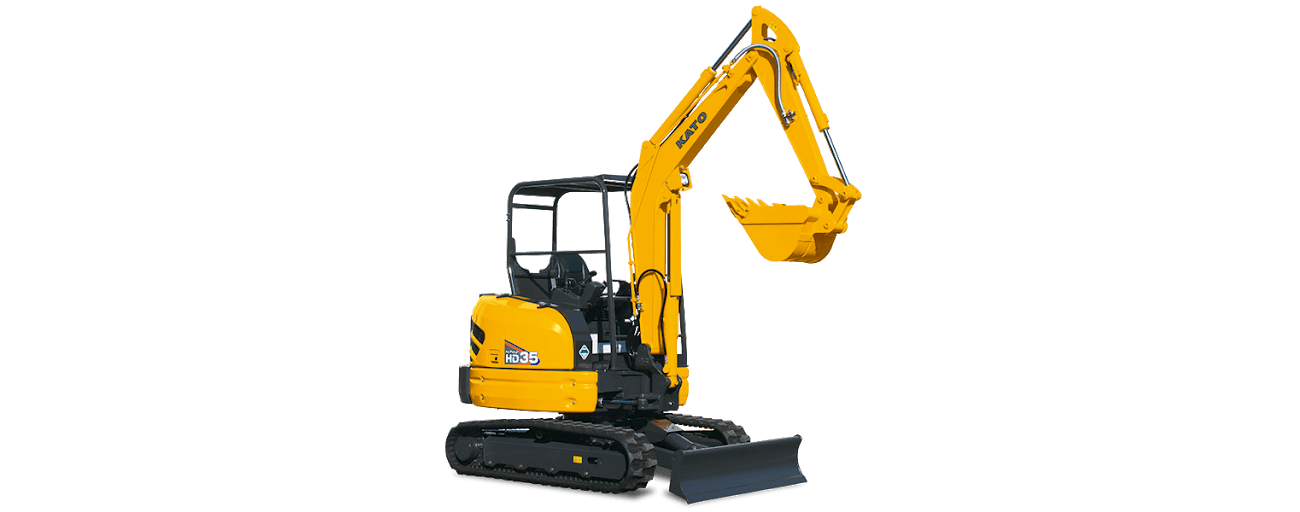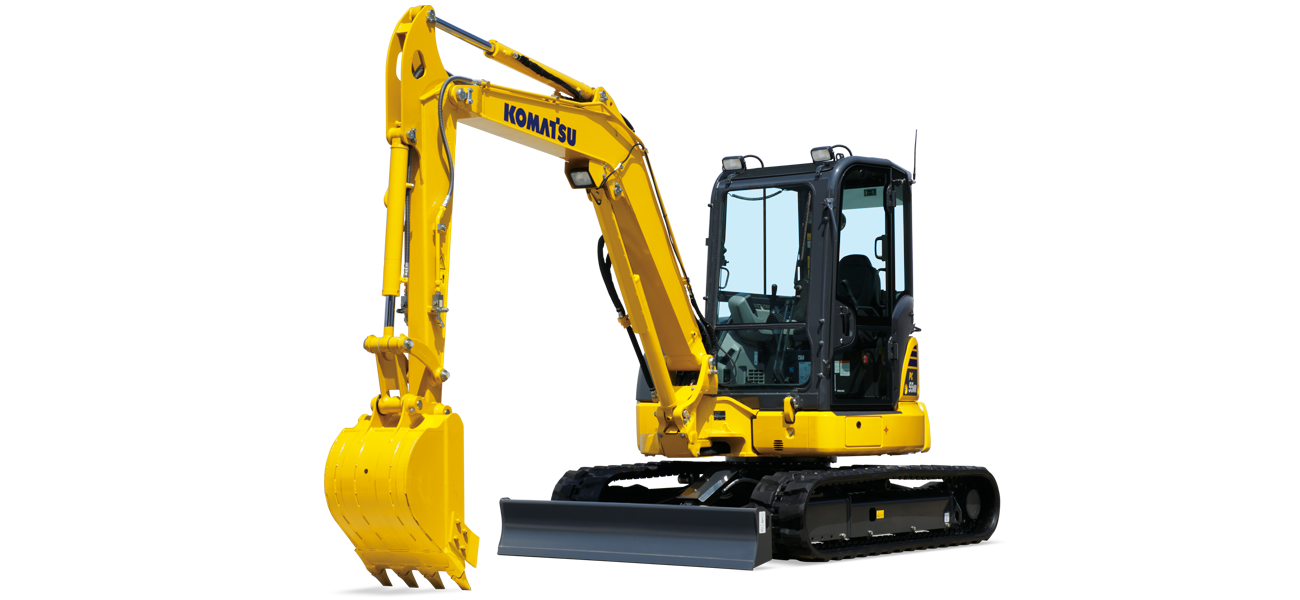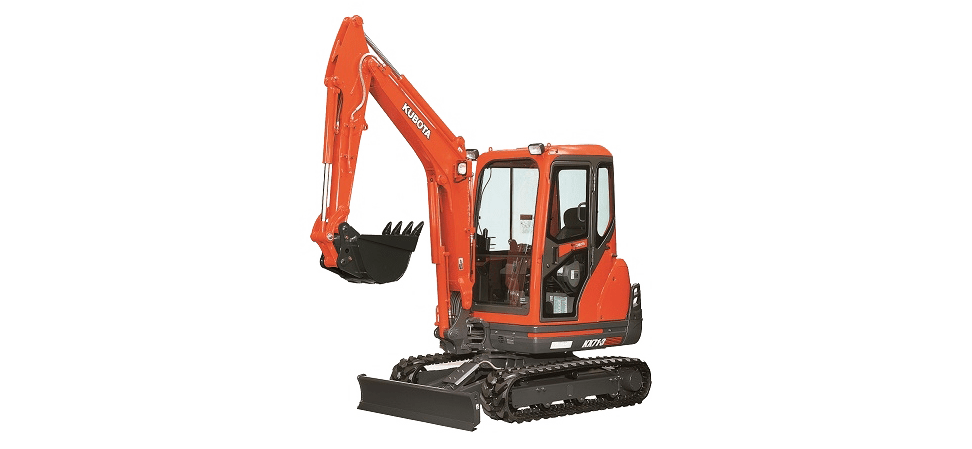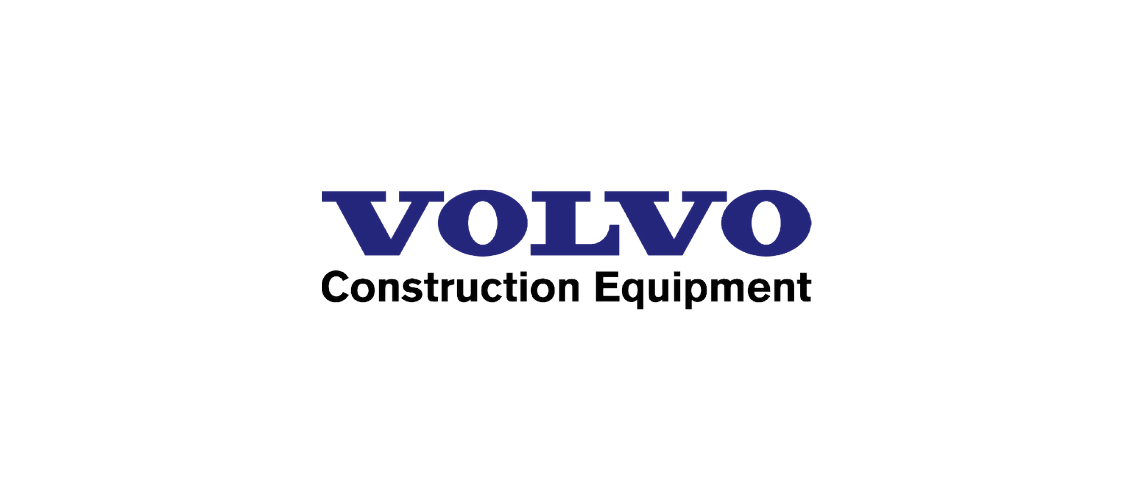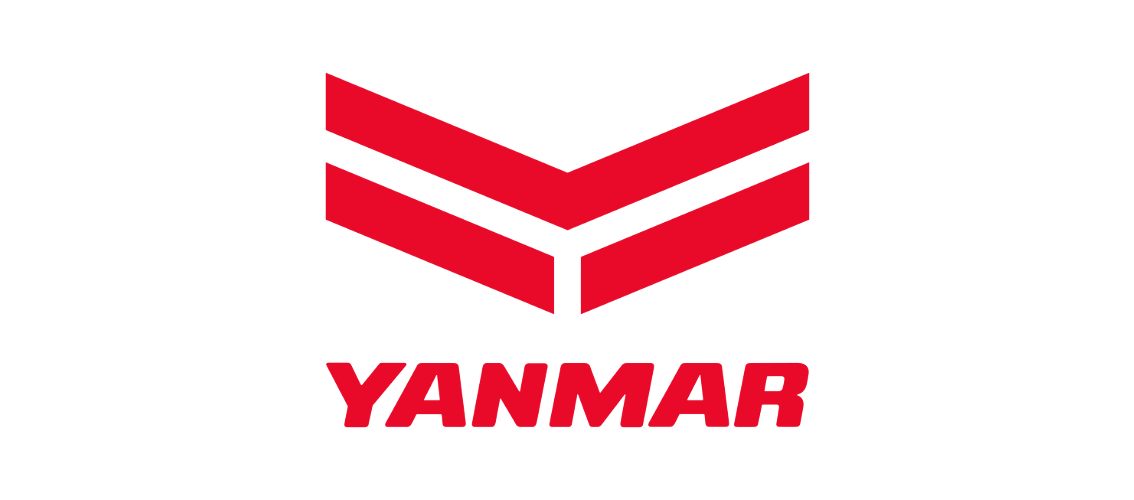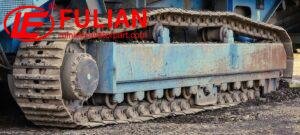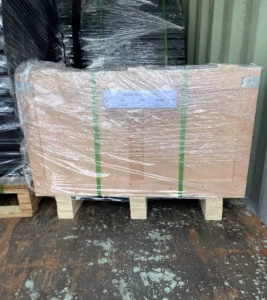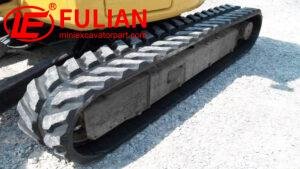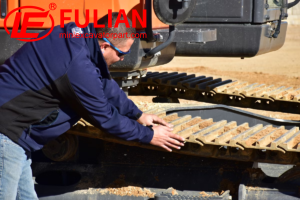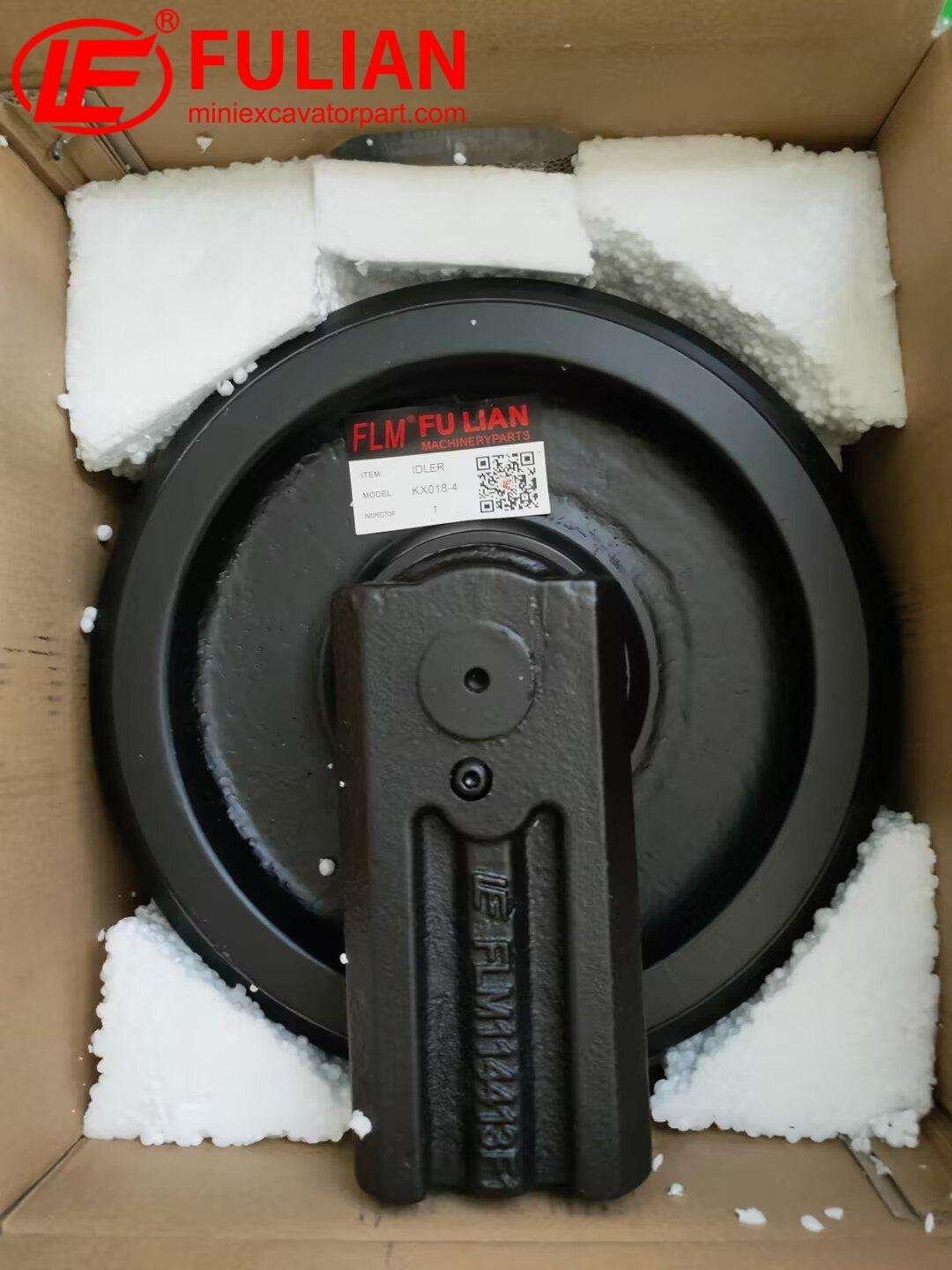When it comes to choosing the correct size sprocket for your excavator, precision is key. The sprocket is an integral part of the track drive system, transferring the power from the drive motor to the tracks. The right size ensures smooth operation, prevents premature wear of the undercarriage, and maintains the efficiency of your machine. To find out what size sprocket you need, follow these steps:
1. Identify the Excavator Model
The model number of your excavator provides vital information regarding the specifications of the parts specifically designed for it. Manufacturers produce sprockets that are precisely engineered to fit the make and model of the excavator.
2. Consult the Owner’s Manual
The owner’s manual is a valuable resource for specific dimensions, part numbers, and other identification details for the sprocket required for your particular excavator model.
3. Check the Existing Sprocket
If you are replacing a sprocket, the existing part may have identifying marks or part numbers. These can be used to cross-reference with manufacturer specifications or aftermarket options.
4. Measure the Sprocket
If part numbers are not visible or you want to confirm the size, you need to measure the sprocket:

- Pitch Diameter: This is the diameter in which the teeth of the sprocket engage with the links of the track. You can measure it by wrapping a measuring tape around the sprocket, passing through the centerline of the teeth, and noting the circumference. To find the diameter, divide the circumference by π (Pi, approximately 3.14159).
- Number of Teeth: Count the total number of teeth on the sprocket. This count is crucial as it needs to match the track pitch – the distance from the center of one pin to the center of the next pin in the track.
- Tooth Width and Sprocket Width: Measure the width of a single tooth and the overall width of the sprocket to ensure that it fits properly within the track assembly without causing any binding or misalignment.
5. Sprocket Hub Size
Ensure that the sprocket’s hub is the correct size for your excavator’s drive setup. The hub fits onto the final drive motor, and a mismatch can result in improper installation or machine failure.
6. Look for Wear Indicators
When measuring an old sprocket, look for wear indicators that might suggest it’s no longer within functional specifications. Over time, sprocket teeth wear down, losing their original shape and size.
7. Consult With Your Supplier
Provide the measurements and details to your parts supplier or dealer. They can assist in determining the correct sprocket size for your excavator and advise you on OEM and aftermarket options.
8. Consider Undercarriage Match
Ensure that the new sprocket will align and work efficiently with other undercarriage components, namely the tracks, rollers, and idlers.
9. Think Long-Term
Opting for high-quality materials with warranties can save you money in the long run by reducing the frequency of replacements.
Conclusion
Selecting the correct sprocket size involves careful consideration of model-specific requirements, precise measurement, and regular maintenance insights. Always double-check your findings with a professional or trusted supplier to avoid costly mistakes. Remember, an exact fit and high-quality sprocket will lead to extended undercarriage life and optimal excavator performance.
Fulian Operation Team
2024.1.18

